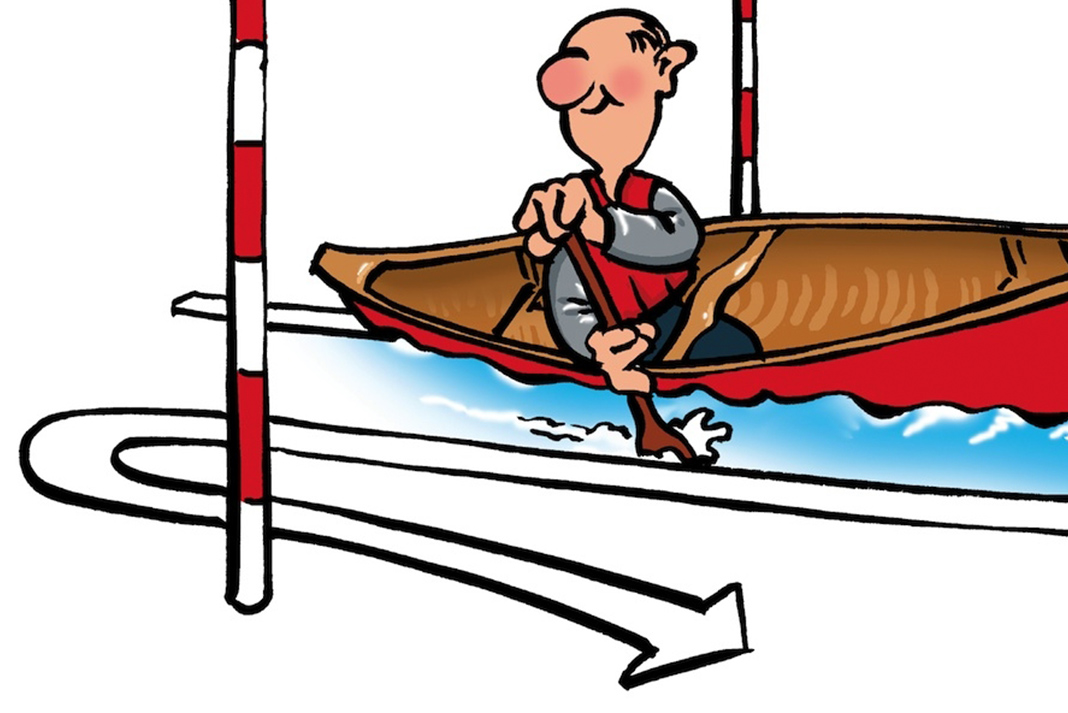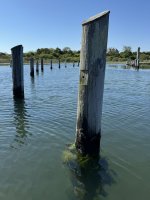Maybe this belongs in a DM, I don't know but here goes..
Glenn, glorious memories of The Dead & West Forks, an annual pilgrimage that still holds a dear place in my life. Reverse eddy turns, reverse peel outs, attainments, cross stern strokes, MEs, Hydra Duets, debates on quartering, power paddling, and of course, the famous "jump out", born at Elephant Rock. 'Nuff said about that move.
I also vividly recall our road trips to West Va., and I am compelled to offer the following about that.
In those days, there was no internet, video tech was in its infancy. We had no fore knowledge of our next river. We were armed with only the original copy of the Burrell and Davidson guidebook and a box of county maps to figure the shuttles, low water bridges, etc, before getting on the river. Most of those creeks were quite remote and not scoutable in advance.
It was as close as regular people like us, with jobs to go back to, and without sponsorships could get to the pure exploratory experience. Our trips were therefore thrilling with the anticipation of the unknown. They represent for me, a bygone era of adventure, places, and people that I will always remember.

 paddlingmag.com
paddlingmag.com


